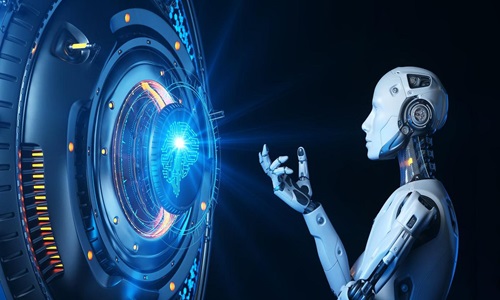AI’s Contribution to the UX Design Process
Artificial intelligence is revolutionizing the way digital experiences are designed, making user interactions more personalized, intuitive, and efficient. From tailoring content to individual preferences to automating complex design tasks, AI is reshaping UX design in ways that were unimaginable a few years ago. As technology continues to advance, designers are leveraging AI-driven tools to enhance usability, accessibility, and engagement across digital platforms. The fusion of AI and UX design is creating a future where interfaces respond intelligently to users’ needs, improving satisfaction and overall experience.
One of the most significant transformations AI brings to UX design is the ability to provide personalized experiences. Traditional design approaches relied on broad user personas, but AI enables designers to tailor experiences on an individual level. Machine learning algorithms analyze user data, including browsing history, purchase behavior, and interaction patterns, to deliver content, recommendations, and interfaces that align with each user’s preferences. This level of customization makes digital interactions more engaging and efficient. Streaming platforms, e-commerce websites, and social media networks utilize AI-powered personalization to enhance user satisfaction by suggesting relevant content and products. The ability to dynamically adjust user interfaces based on real-time data ensures that users feel understood and valued.

AI is also streamlining the creative process by automating design tasks that traditionally required extensive manual effort. Tools powered by AI assist designers in generating layouts, selecting color schemes, and even creating visual assets. Platforms like Adobe Sensei and Figma’s AI-powered features help designers optimize their workflows by suggesting design elements based on best practices and user preferences. This automation reduces repetitive tasks, allowing designers to focus on strategic and innovative aspects of UX design. AI-driven design systems can quickly prototype and iterate based on user feedback, speeding up the design cycle and improving efficiency.
AI-driven chatbots and virtual assistants are further transforming UX by providing instant, human-like interactions. These AI-powered systems can respond to user inquiries, guide navigation, and even assist with transactions. Unlike traditional customer support, AI chatbots operate 24/7 and continuously learn from interactions to improve responses. This technology enhances user experience by offering immediate assistance, reducing frustration, and increasing engagement. Businesses integrate AI chatbots into websites and mobile apps to provide seamless interactions that mimic human conversations, making digital experiences more intuitive and responsive.
The rise of AI in UX design also extends to user research and testing. Traditional usability testing required significant time and resources, but AI automates many aspects of this process. AI-powered analytics tools track user interactions, analyze heatmaps, and identify friction points within interfaces. This data-driven approach allows designers to make informed decisions based on user behavior rather than assumptions. AI can even simulate user testing by predicting how different demographics will interact with a design before it is launched. This predictive capability helps designers refine interfaces and optimize usability before real users engage with a product.
While AI is enhancing UX design in numerous ways, it also presents challenges. One concern is the balance between automation and human creativity. While AI can generate design elements and suggest improvements, the human touch remains essential for crafting meaningful and emotionally resonant experiences. Designers must find ways to integrate AI assistance while maintaining creative control and ensuring that digital experiences retain a human-centric approach. Another challenge is ethical considerations surrounding data privacy. AI-powered personalization relies on vast amounts of user data, raising concerns about how this information is collected, stored, and used. UX designers must work closely with data privacy experts to ensure transparency and build trust with users.
As AI continues to evolve, its impact on UX design will only deepen. Future advancements may lead to even more sophisticated personalization, where digital experiences anticipate user needs before they even express them. AI-powered interfaces may become more adaptive, changing dynamically based on a user’s emotional state or contextual environment. The integration of AI with augmented reality and virtual reality could further revolutionize UX by creating immersive and interactive experiences. The potential for AI-driven UX design is vast, and its role in shaping the future of digital interactions is undeniable.
Artificial intelligence is transforming UX design by making experiences more personalized, efficient, and accessible. From automating creative processes to enhancing accessibility and user research, AI is redefining the way designers approach digital experiences.